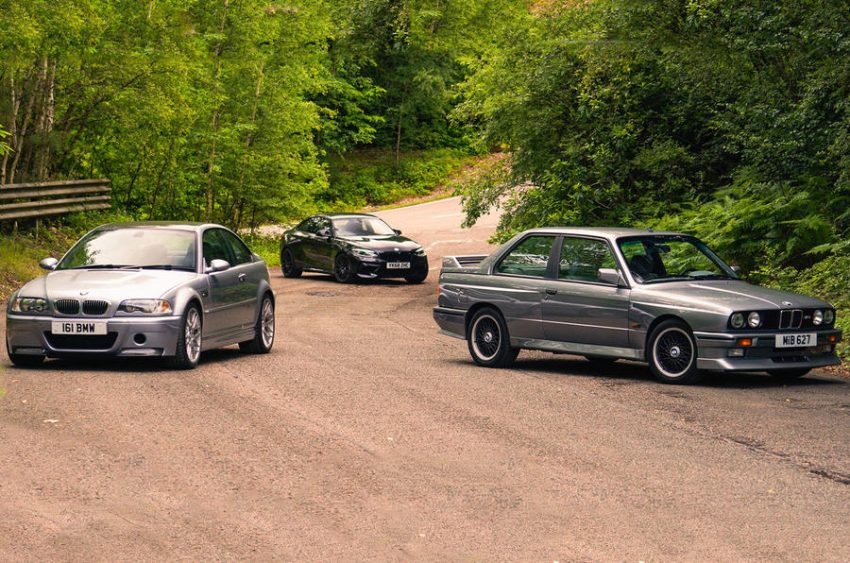The dashing auxiliary at first made to work with BMW’s motorsport program during the 1960s and 1970s, BMW Motorsport GmbH proceeded to be answerable for the absolute most commended street vehicles ever.
M division was established in May 1972 with 35 workers to enhance BMW’s street vehicle portfolio with uniquely improved models. By 1988, the organization had developed to 400 workers and quickly turned into a key piece of BMW’s market presence.
The primary vehicle to be sold with a M identification was the BMW M1, planned by Paul Bracq with last contacts by unbelievable fashioner Giorgetto Giugaro. Sent off at the Paris Motor Show in 1978, the mid-engined car included a 277bhp six-chamber motor taken from the 3.0 CSL and was equipped for 165mph.
Just 456 creation M1s were constructed. Afterward, the M1 generated a racer to contend in a one-make series, Procar. Regardless of drawing in drivers, for example, Hans-Joachim Stuck, Niki Lauda and Nelson Piquet, the series kept going only two years.
In 1979, the vehicle viewed as the principal appropriate M vehicle for the street was sent off. The BMW M535i was the ancestor to the E28 M5 and was a superior presentation variation of BMW’s famous 5-series cantina. Controlled by the 215bhp 3.5-liter M30B34 motor, it fused Recaro seats, greater brakes, a restricted slip differential and a nearby proportion transmission.
Four years passed and the M635CSi was sent off. M applied its wizardry to the 6-series, fitting the new M88/3 motor which created 282bhp and made the M635CSi great for 158mph. Only 5,859 models were assembled, albeit a lot of lesser models acquired M identifications fitted by proprietors – a pattern that go on today.
The primary M5, in view of the E28-age 5-series, set the outline for an exhibition cantina. It consolidated the best of the 5-series – solace, refinement and assemble quality – with tremendously further developed execution. It could reach 62mph in 6.5sec and run on to 153mph; quick even by the present principles. With extravagances, for example, electric windows, focal locking and light amalgam wheels, it was apparent the M division were starting to focus on the top notch area. A family cantina vehicle fostering this power was up ’til now inconceivable and it was a bet that paid off for BMW.
Ostensibly the most vital year throughout the entire existence of BMW M was 1986, with the send off of the E30 BMW M3. The principal M3s created 197bhp from their high-firing up 2.3-liter inline four-chamber 16-valve unit. Notwithstanding, the later Evolution and Sport Evolution models created 217bhp and 235bhp individually. Zero to 62mph in 6.9sec, united to passenger vehicle esque taking care of, it was a shocking bundle still profoundly respected right up ’til today.
After two years, a bigger, more extravagant body shell implied expanded power when the E34 BMW M5 came to the front in 1988. Using the 535i suspension, it was mated to a 311bhp, 266lb ft 3.6-liter straight-six engine, later moved up to 3.8-liters from 1992. With a maximum velocity of 177mph, it was the quickest four-entryway cantina on the planet.
